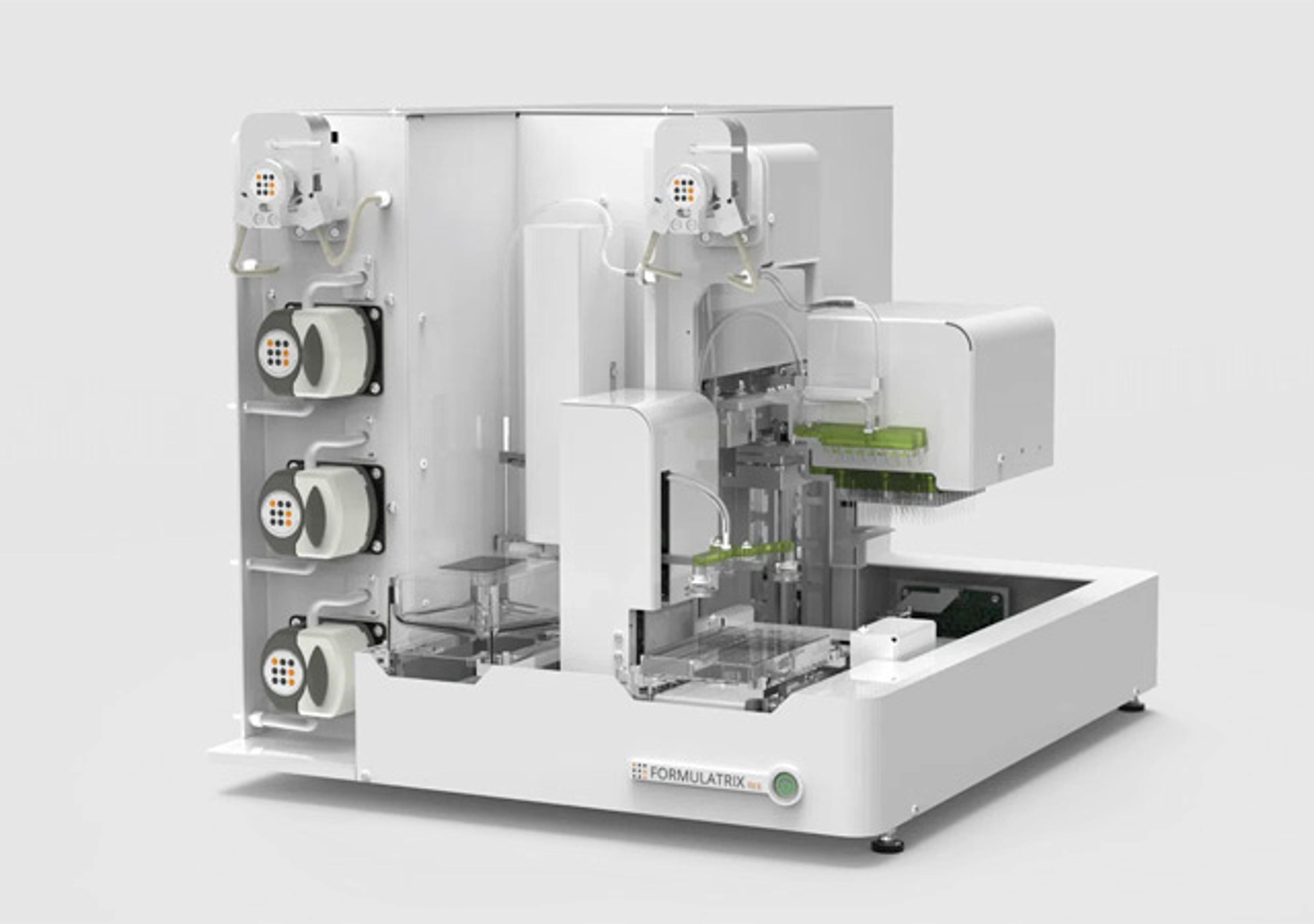Androstenedione ELISA
High Quality Assays with Reproducible and Reliable Results

The supplier does not provide quotations for this product through SelectScience. You can search for similar products in our Product Directory.
An enzyme immunoassay for the quantitative measurement of androstenedione in serum and plasma. The steroid hormone Androstenedione is one of the main androgens, besides Testosterone and Dehydroepiandrosterone. Testosterone, the most important biological active androgen, is derived from peripheral enzymatic conversion of Androstenedione. In males, androgens are secreted primarily by the Leydig cells of the testes, to some degree also inthe adrenal cortex. In females, the androgens are secreted mainly in the adrenal glands and in the ovary. Around 10% of the androgens are derived from peripheral conversion, mainly of DHEA. Androstenedione and Testosterone show high diurnal variability. The highest levels are measured in the morning. At the age of puberty serum androstenedione levels rise, after menopause they decline again. High androstenedione levels are measured during pregnancy. In women, high levels of androstenedione (47-100% above normal) are generally found in hirsutism, mostly in combination with other androgens as testosterone and DHEA-S. Androstenedione overproduction is due to ovarian dysfunction or may be of adrenal origin. High circulating androstenedione levels are found in women with polycystic ovaries and 21-hydroxylase effect. Significant lower androstenedione levels are foundin postmenopausal osteoporosis.The DRG Androstenedione ELISA Kit is a solid phase enzyme-linked immunosorbent assay (ELISA), based on the principle of competitive binding. The microtiter wells are coated with a polyclonal [rabbit] antibody directed towards an antigenic site of the Androstenedione molecule. Endogenous Androstenedione of a patient sample competes with an Androstenedione-horseradish peroxidase conjugate for binding to the coated antibody. After incubation the unbound conjugate is washed off. The amount of bound peroxidase conjugate is inversely proportional to the concentration of Androstenedione in the sample. After addition of the substrate solution, the intensity of colour developed is inversely proportional to the concentration of Androstenedione in the patient sample.


















